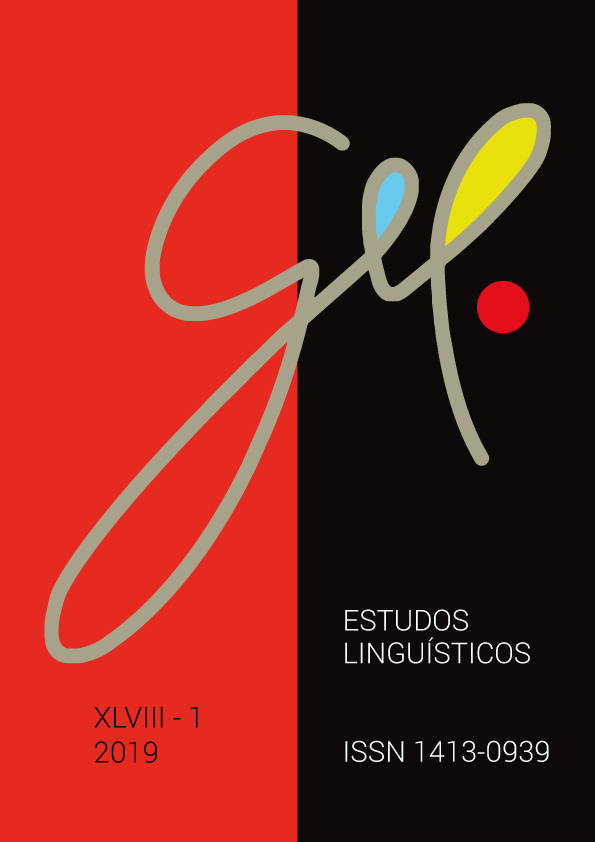Fai una proposta
Lingua
Titolo del blocco
-
116
-
110
-
108
-
95
-
85



